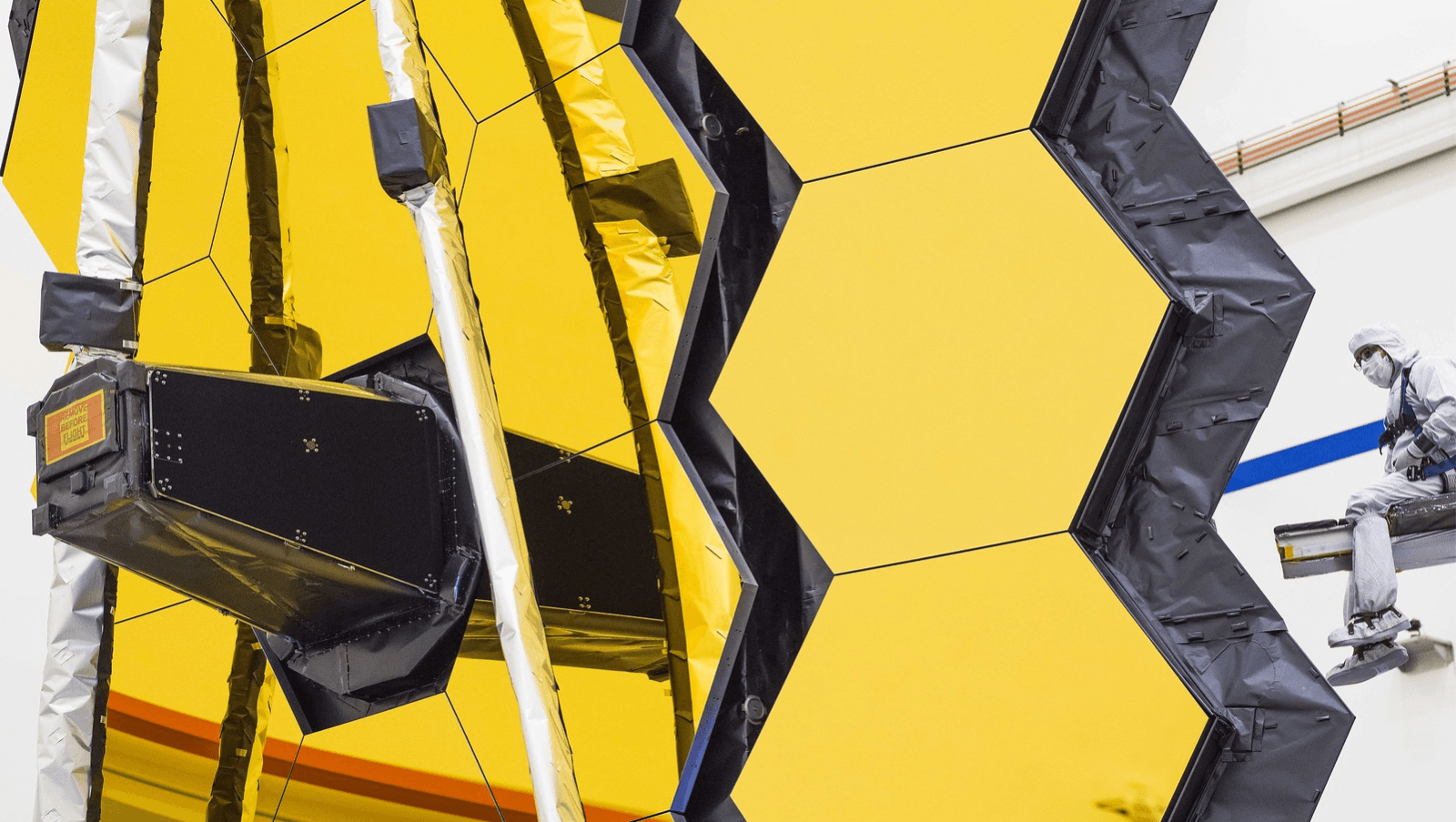Breaking the 'Cosmologjam' of the Hubble Constant
by Adam Hadhazy
Part 1 of our 'Looking Ahead to JWST' series explores how the next-generation telescope could solve—or deepen—the mystery regarding the universe's expansion rate

The Author
The Researcher
The next era of deep space science will begin with the launch of JWST in late 2021. Debuting a suite of new technologies to keep its instruments super-chilled, JWST will take pristine, high-resolution observations of faint infrared light, enabling novel astrophysical investigations and a farther look back than ever before into the early universe.
Earlier this year, NASA announced the telescope's first year of slated observations—dubbed Cycle 1—based on proposals submitted by researchers worldwide. Several Kavli Institute-affiliated researchers are principal or co-principal investigators for approved Cycle 1 observation programs. This article is the first in a series profiling these greenlit JWST observer programs.
There is no overstatement in the title for Wendy Freedman's JWST Cycle 1 program: "Answering the Most Important Problem in Cosmology Today." That most important problem centers on the Hubble constant—the rate of the universe's expansion. The Hubble constant is a pillar of our understanding of the origins, evolution, and fate of the cosmos.
It is quite a source of scientific handwringing, then, that the Hubble constant's value is stubbornly discrepant. According to stringent measurements of the early universe by the Planck spacecraft, the Hubble constant registers right around 67 km/s/Mpc (meaning the recessional speed in kilometers per second of a galaxy one megaparsec away). Yet multiple lines of observational evidence involving certain kinds of stars in the nearer, modern universe settle on a value closer to 73 km/s/Mpc. With each passing year, more data and analyses have only succeeded in cementing these conflicting values.
JWST could finally break this cosmological logjam (or even "cosmologjam," if you're feeling cheeky). To date, the observational campaigns of the modern universe's Hubble constant have been—appropriately enough—spearheaded by the Hubble Space Telescope, or HST. JWST will greatly expand upon HST's work, bringing a 6.5-meter mirror to bear versus HST's 2.4-meter mirror. That much larger mirror surface can gather almost six times as much light as HST. More light means sharper observations, and overall, JWST will boast four times HST's resolution. JWST also views the universe in infrared light bands that cleanly shine through cosmic dust, a major source of observational error in Hubble constant readings.
Put all that together, and JWST will cut right to the heart of the tension over our universe's growth.
"With JWST, we can observe fainter galaxies that are at greater distances, and thus observe more galaxies than possible with HST," says Freedman, the John and Marion Sullivan University Professor in Astronomy and Astrophysics at the University of Chicago, as well as a member of its Kavli Institute for Cosmological Physics. "In addition, JWST is sensitive to infrared radiation, where many of the remaining uncertainties in the cosmic distance scale—for example, astrophysical dust, chemical composition—are essentially removed."
Freedman and colleagues will observe three different kinds of stars with JWST, affording three independent ways of measuring the Hubble constant. The most famous kind is a periodically dimming star called a Cepheid. (Edwin Hubble himself, the namesake of both the constant and the telescope, began observing such stars in 1923 and they helped him make the discovery of other galaxies existing outside our own.) Uncertainty regarding Cepheids is among the strongest source of discrepancy with the Planck Hubble constant values, so Freedman is eager to gather fresh, deep observations of these fickle stellar beacons.
"Cepheids are located in the dense spiral arms of galaxies, where accurate measurements are difficult, especially at greater distances," says Freedman. "The goal is to understand whether the discrepancy with the Cepheids is real, which would require a new and exciting, fundamental physics explanation, or whether there is some systematic—perhaps astrophysical—issue with the Cepheids."
The other two kinds of stars Freedman's JWST program will take note of are so-called tip of the red giant branch (TRGB) stars and carbon stars. These stars could help root out issues with the Cepheids and ultimately help narrow the gap with Planck's Hubble constant results.
Firming up the Hubble constant will be critical for assessing if other presumed pillars of cosmology will remain standing, such as dark matter and dark energy. Although poorly understood, these entities nevertheless have remarkably robust evidence supporting their existence. But how they fit together—with the former acting like a gravitational glue, holding the cosmos together, and the latter as a force flinging the cosmos apart—could congeal or crumble, depending on how the Hubble constant shakes out.
It is yet possible that the Hubble constant will actually turn out to be, well, inconstant. If JWST's results double down on faster expansion rates in the modern universe, that would suggest our current physical picture of the cosmos' unfolding is woefully inadequate.
"The question of whether our standard model of cosmology—a model with dark energy and dark matter—is complete, or whether there is new physics to be uncovered," says Freedman, "is one of the most exciting questions in cosmology today."